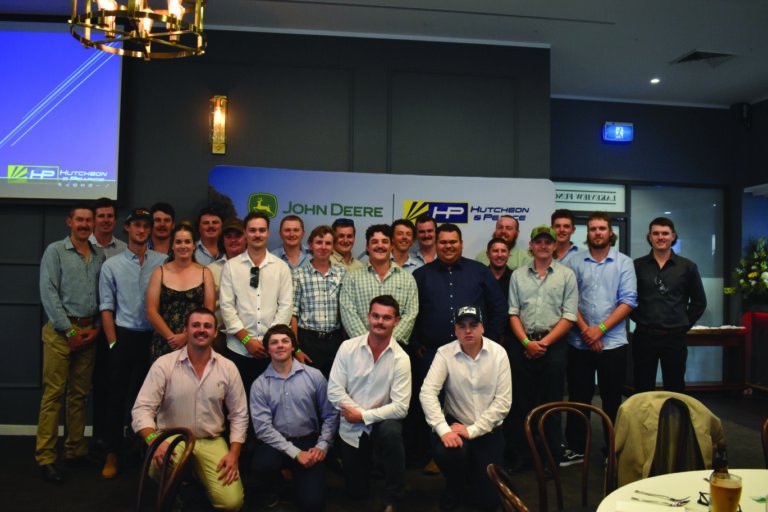Insights from Griffith based Agronomist James Kanaley
Agronomist Report Last Updated February 2024.
In the heart of Griffith, you’ll find James Kanaley of Kanaley Ag Consultants, who has become a trusted name, especially among those who cultivate cotton. With a robust agronomy background throughout the state, with his previous work in Moree, Kanaley’s journey has been marked by a deep engagement with data that helps predict seasons and the pulse of the land.

“We have some very promising crops this year, but a warm autumn in the southern regions will be key to finishing off the crops successfully,"
James Kanaley, Kanaley Ag Consultants
Kanaley shared his insights with the Hutcheon & Pearce team, reflecting on the season and projecting his thoughts towards 2024. “Cotton is obviously very temperature focussed so we have the data to comment on whether it has been a cooler summer or not. I can tell you, this season has clocked in around average, dispelling any notions of a particularly cold summer.” The recent patterns of abnormal rainfall during the typically dry Christmas and New Year period have raised eyebrows.
While the days may not have brought the extreme heat, the nights have remained warm, contributing to a season that, according to our data, has been anything but cold."
Peering into the future, Kanaley sees plenty of opportunity thanks to the significant summer rains over Christmas and New Year 23/24. “Soil moisture profiles are looking promising for dryland cropping, and with irrigation systems and dams recharged, the outlook is equally bright on that front,” he remarked. However, the agronomist also notes a sudden shift in the availability of fertilisers and chemicals, advising, “fertiliser and chemical supplies have been impacted abruptly with a quick change in supply which impacts logistics but also price pretty quickly as well. It’s imperative to plan ahead, which will ensure a more comfortable outlook for the upcoming months.”
With the interview conducted in mid-February, Kanaley’s optimism is palpable, especially regarding the cotton crops. “We have some very promising crops this year, but a warm autumn in the southern regions will be key to finishing off the crops successfully,” he pointed out.
Looking towards the winter, the anticipation builds. “Full water allocations mean we’re gearing up for a big winter plant, followed by another significant summer planting of cotton, corn, and rice. It’s an exciting time for irrigation,” Kanaley enthused.
The driving force behind decision-making, as Kanaley observes, is an increased awareness among growers of the need to maximise productivity. “Growers are becoming keenly aware of the necessity to maximise profit from every inch of land they own or lease. With land prices only climbing, it’s about making the most of what we have,” he explained. The challenge, then, is to integrate the deluge of data—from satellite imagery to yield and elevation data—into clear, actionable insights. “We’re constantly developing our approach, and I believe we’re at a stage where we’re really confident in our skill and experience in interpreting this data. It’s all about making evidence-based decisions to ensure soil and water resources are maximised in terms of profit.”
Reflecting on the season’s evolution from the dry, hot predictions that rang true in September and October to the wetter but on average warm summer from November onwards, Kanaley’s narrative is a testament to the dynamic, ever-changing nature of agriculture. “Adaptability and evidence based decision making informed by data, is key. Also don’t believe everything you read in the media regarding weather forecasts. Speak to an Agronomist who can work on local data.”
Is your data set-up correctly?
Articles And Resources From The Hutcheon & Pearce Newsroom

The 101 on Precision Essentials
John Deere’s exciting new Precision Ag model – Precision Essentials-

John Deere Seeding: Smarter Together
Experience precision, productivity and peace of mind with a complete

Celebrating Success: H&P Apprenticeship Graduation
Hutcheon & Pearce celebrate their newest graduates of the High

Cobram Women in Turf Program a Success
An action-packed week at the Cobram Barooga Golf Club saw


